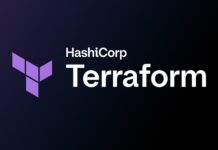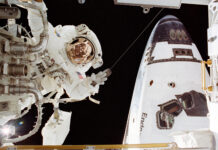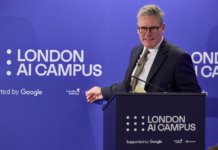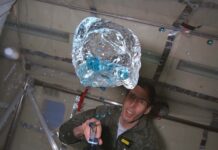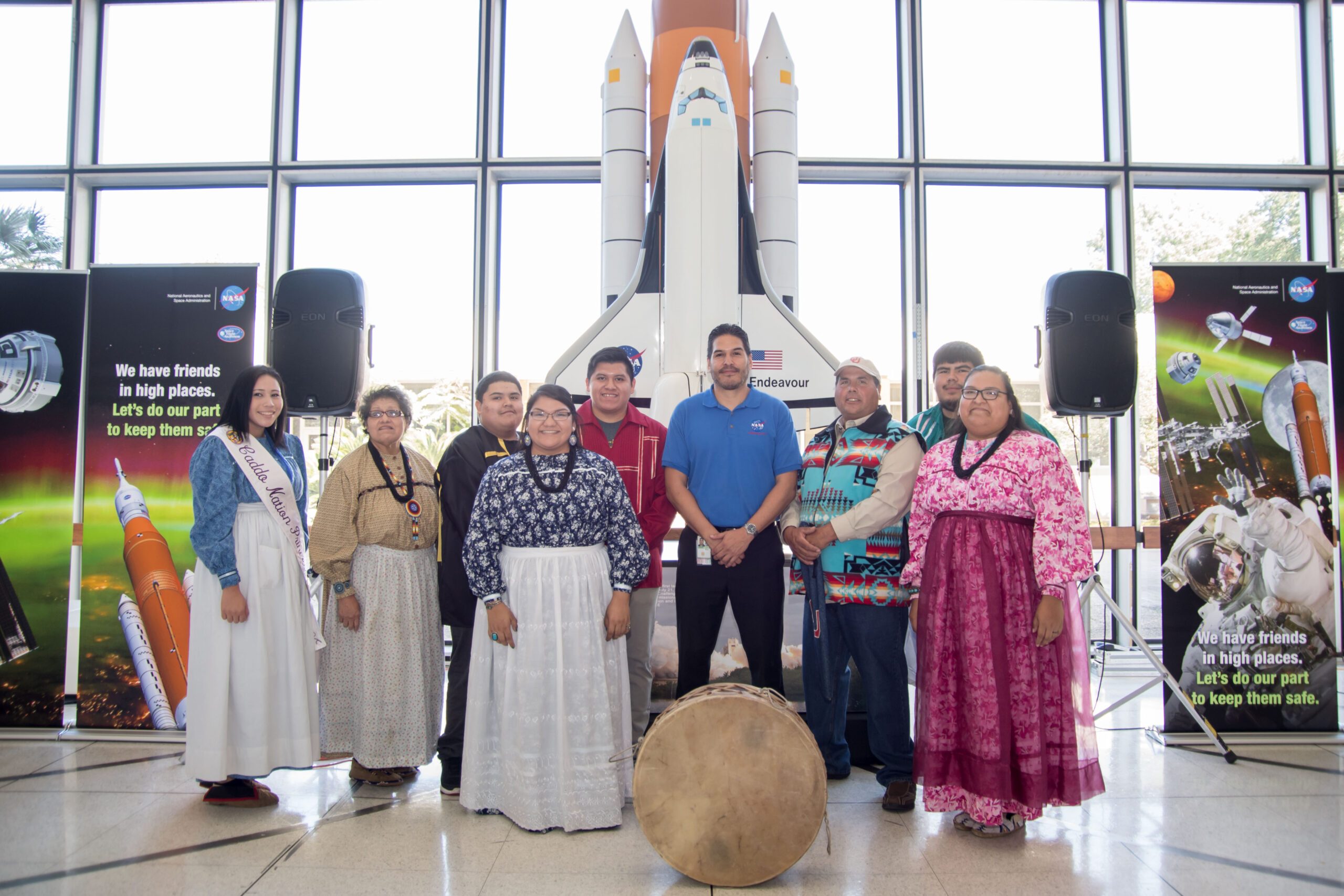Connecting Safety and Culture: Kenneth Attocknie’s Journey at NASA
For over a quarter of a century, Kenneth Attocknie has been an integral part of NASA, dedicating his career to ensuring the safety of the International Space Station (ISS) and supporting mission operations at the Johnson Space Center in Houston. Through his work, he has not only contributed to the safety and success of space missions but also fostered a meaningful connection between NASA and diverse cultural communities.
Championing Safety in Space
As a principal safety engineer in the Safety and Mission Assurance Directorate, Kenneth Attocknie plays a crucial role in overseeing the safe operation of the ISS’s environmental control and life support systems. These systems are essential for maintaining a life-sustaining environment aboard the orbiting laboratory, which is a vital step toward developing similar systems for future Artemis missions. The Artemis program aims to return humans to the Moon and eventually send astronauts to Mars, making Attocknie’s work a cornerstone in the foundation of future space exploration.
Over his impressive career, Attocknie has worn many hats. As a contractor with Science Applications International Corporation (SAIC), he has served as a flight controller, astronaut crew office engineer, and astronaut crew instructor. His journey with NASA began at a pivotal moment when the first two modules of the ISS, Zarya and Unity, were joined in orbit on December 6, 1998.
Reflecting on his career, Attocknie shared, “I’ve supported the space station ever since and have been blessed to witness the remarkable progression of this amazing orbiting experiment. I feel I have found a way to contribute positively to NASA’s mission: to improve life for all people on our planet.”
Beyond the Space Station
Attocknie’s expertise extends beyond the ISS. He played a significant role in closing out the Space Shuttle Program and worked on system safety for the Constellation program, which was initially conceived to develop new space vehicles for human spaceflight. His broad experience and commitment to safety have made him a valuable asset to NASA.
Inspiring the Next Generation
Kenneth Attocknie is not only dedicated to his work at NASA but also to inspiring the next generation of scientists and engineers. As part of SAIC’s Employee Resource Group, he supports the Mathematics, Engineering, Science Achievement (MESA) project. This initiative uses project-based learning to inspire high school students from underrepresented communities to pursue careers in science, technology, engineering, and mathematics (STEM).
His advocacy extends to Native American communities as well. As a member of the American Indian Science and Engineering Society, Attocknie helps NASA engage with college students across Indian Country, encouraging them to consider careers in STEM fields.
Cultural Exchange and Representation
Attocknie is a proud member of the Comanche and Caddo tribes of Oklahoma and has made it his mission to foster a cross-cultural exchange between NASA and Native communities. He aims to provide opportunities for Native Americans to visit the Johnson Space Center and engage with the world of space exploration.
One of his most cherished accomplishments was organizing a Native American Heritage Month event with NASA’s Equal Opportunity and Diversity Office. This celebration brought together Native dancers and singers from Oklahoma and Texas to honor their heritage at the Johnson Space Center. “Seeing the Johnson community rally around this event was amazing,” said Attocknie. “It was a profound experience to share and celebrate my culture here.”
Overcoming Challenges
Attocknie’s journey at NASA has not been without its challenges and setbacks. He acknowledges that finding and achieving one’s purpose is an ongoing journey. “Accepting what might seem like a regression is the first step of growth,” he says. “There’s always a lesson to be found, and every disappointment can fuel a new ambition and direction. Ride the waves, be humble, learn lessons, and above all, always keep going.”
He firmly believes that NASA’s mission is deeply connected to diversity and inclusion. “You can’t truly benefit humankind if you don’t represent humankind,” Attocknie asserts. “The status quo may feel comfortable, but it leads to stagnation and is the antithesis of innovation.”
Vision for the Future
Looking ahead, Attocknie has high hopes for the Artemis Generation, the new wave of scientists, engineers, and explorers who will carry humanity into the next era of space exploration. He envisions “a healthier planet, society, and the desire to pass on lessons of stewardship for our environment. All life is precious.”
Attocknie sees NASA as a beacon of hope and innovation, capable of setting an example for the world. “NASA can truly harness its influence to be an example for our planet, not only in the new heavenly bodies we journey to but also in the new human spirits we touch.”
In summary, Kenneth Attocknie’s career at NASA is a testament to the importance of safety, cultural connection, and diversity in the realm of space exploration. His dedication to both his technical role and cultural advocacy serves as an inspiring model for future generations, illustrating how technical expertise and cultural awareness can go hand in hand to create a more inclusive and innovative future.
For more Information, Refer to this article.
















